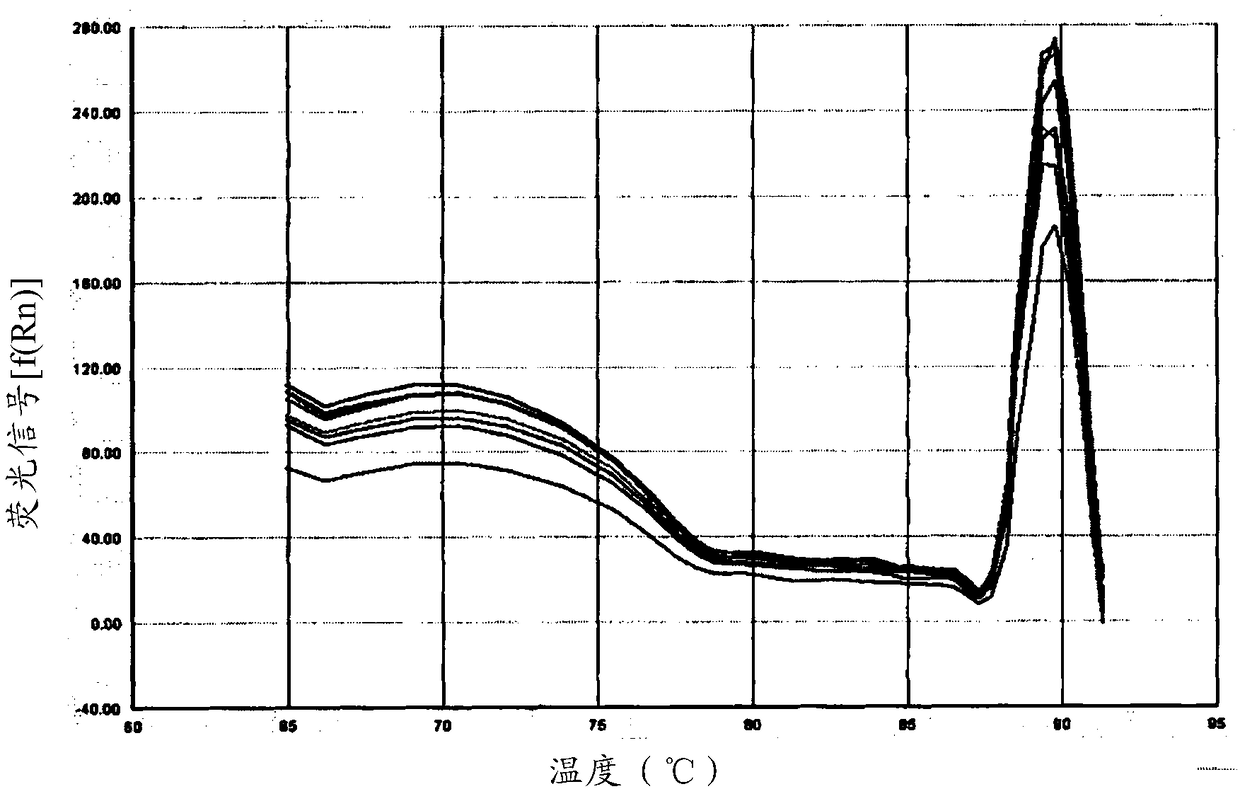Evaluation method of microorganism on influencing intestinal flora, and construction method of animal models with stable intestinal floras
An animal model, gut flora technology, applied in the biological field, can solve problems such as poor accuracy
- Summary
- Abstract
- Description
- Claims
- Application Information
AI Technical Summary
Problems solved by technology
Method used
Image
Examples
Embodiment 1
[0096] The construction process of the animal model of the present embodiment is as follows:
[0097] Ten 4-week-old C57BL / 6J germ-free mice were fed in a sterile isolator at 20°C, with a humidity of 70%, 12 hours of light and 12 hours of darkness, and fed with feces suspension at a concentration of 0.2g / mL liquid, and 0.5mL of feces suspension per kg of sterile mice was gavaged once a day for a total of 14 days; meanwhile, the sterile mice were fed with sterile feed every day, and each kg of Bacteria mice were fed with 2g of sterile feed each time, twice a day, for 14 days in total. Among them, the sterile feed was wheat, goat milk powder, soybean meal, peanut oil, vitamins, dry yeast, salt, calcium hydrogen phosphate and Citric acid, and the mass ratio of wheat, goat milk powder, soybean meal, peanut oil, vitamins, dry yeast, salt, calcium hydrogen phosphate and citric acid is 51:19.5:11:9.75:0.001:3.5:0.875:0.5:0.001. The feces of the sterile mice were collected on the 7th...
Embodiment 2
[0099] The construction process of the animal model of the present embodiment is as follows:
[0100] Ten 4-week-old C57BL / 6J germ-free mice were fed in a sterile isolator at 24°C, 40% humidity, 12 hours of light and 12 hours of darkness, and fed with feces suspension at a concentration of 0.5g / mL liquid, and 0.3mL of feces suspension per kg of sterile mice was administered orally once a day for a total of 14 days; at the same time, sterile feed was fed to the sterile mice every day, and no Bacteria mice were fed 5g of sterile feed each time, once a day, for a total of 14 days. Among them, the sterile feed was wheat, milk powder, soybean meal, corn oil, vitamins, yeast powder, salt, calcium hydrogen phosphate and citric acid, and the mass ratio of wheat, milk powder, soybean meal, corn oil, vitamins, yeast powder, salt, calcium hydrogen phosphate and citric acid is 52:20.5:12:10.75:1:4.5:1.875:1.5:0.525. The feces of the sterile mice were collected on the 7th day of gavage, t...
Embodiment 3
[0102] The construction process of the animal model of the present embodiment is as follows:
[0103] Ten 4-week-old C57BL / 6J germ-free mice were fed in a sterile isolator at 22°C, 55% humidity, 12 hours of light and 12 hours of darkness, and fed with feces suspension at a concentration of 0.5g / mL liquid, and 0.5mL of feces suspension per kg of sterile mice each time, twice a day for a total of 14 days; at the same time, the sterile mice were fed with sterile feed every Bacteria mice were fed 2g of sterile feed each time, twice a day, for 14 days in total, wherein the sterile feed was wheat, skimmed milk powder, soybean meal, soybean oil, vitamins, yeast powder, salt, calcium hydrogen phosphate and citric acid, and the mass ratio of wheat, skim milk powder, soybean meal, soybean oil, vitamins, yeast powder, salt, calcium hydrogen phosphate and citric acid is 51.5:20.0:11.5:10.25:0.5:4.0:1.375:1.0:0.125. The feces of the sterile mice were collected on the 7th day of gavage, th...
PUM
 Login to View More
Login to View More Abstract
Description
Claims
Application Information
 Login to View More
Login to View More - R&D
- Intellectual Property
- Life Sciences
- Materials
- Tech Scout
- Unparalleled Data Quality
- Higher Quality Content
- 60% Fewer Hallucinations
Browse by: Latest US Patents, China's latest patents, Technical Efficacy Thesaurus, Application Domain, Technology Topic, Popular Technical Reports.
© 2025 PatSnap. All rights reserved.Legal|Privacy policy|Modern Slavery Act Transparency Statement|Sitemap|About US| Contact US: help@patsnap.com



